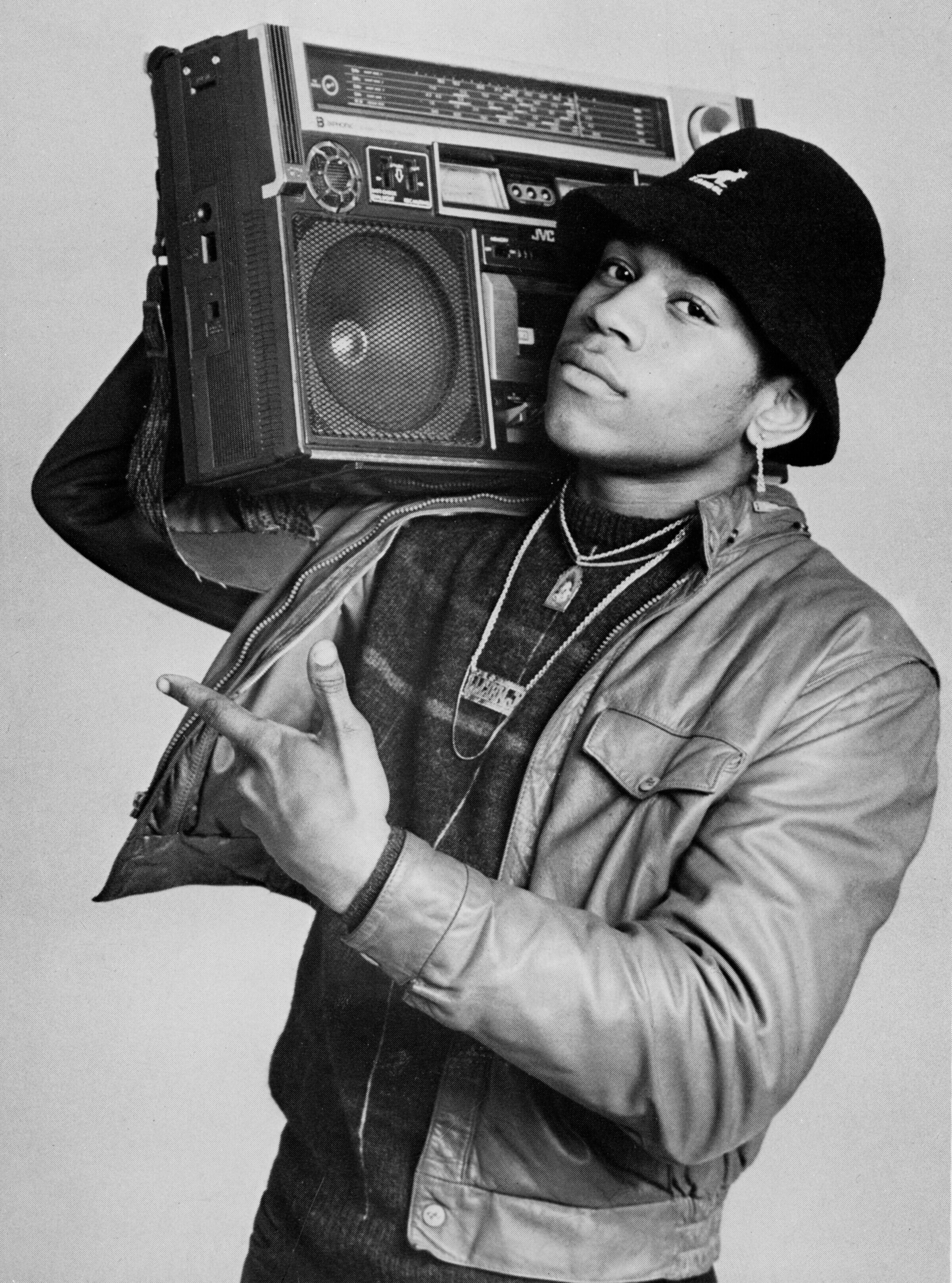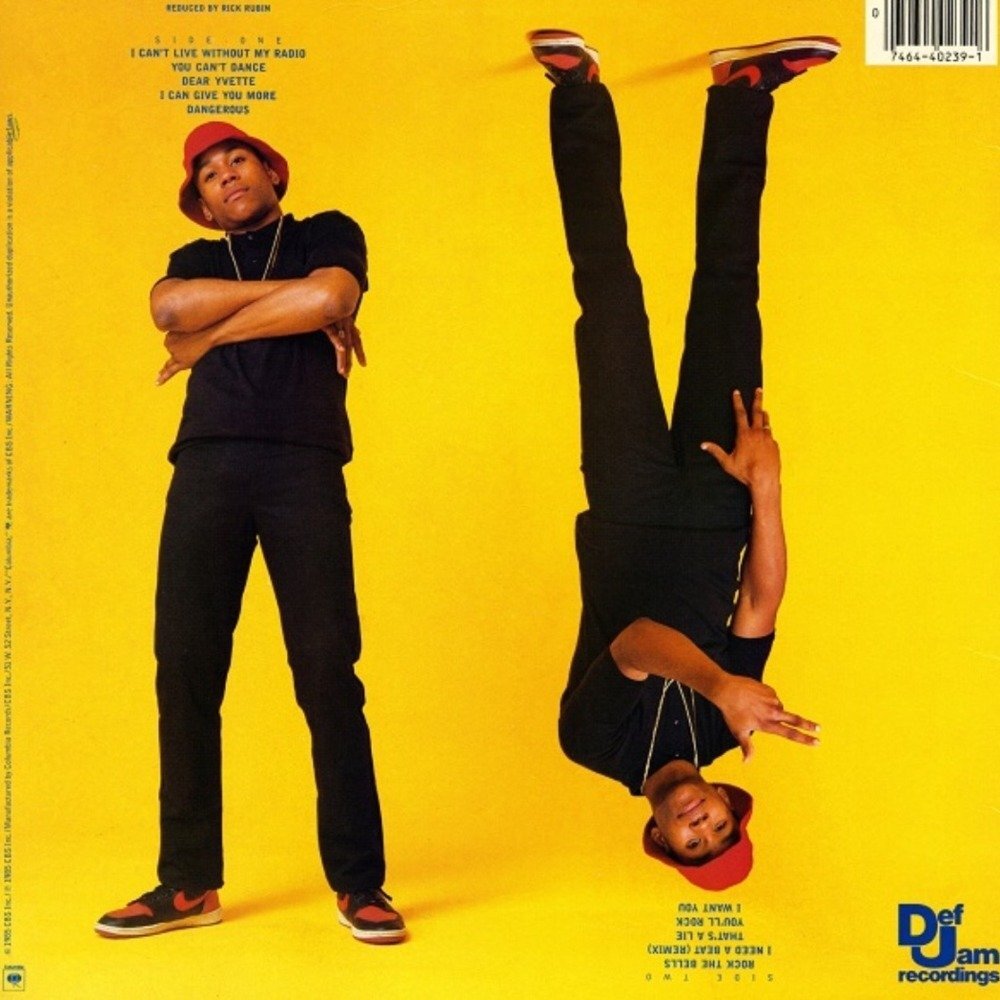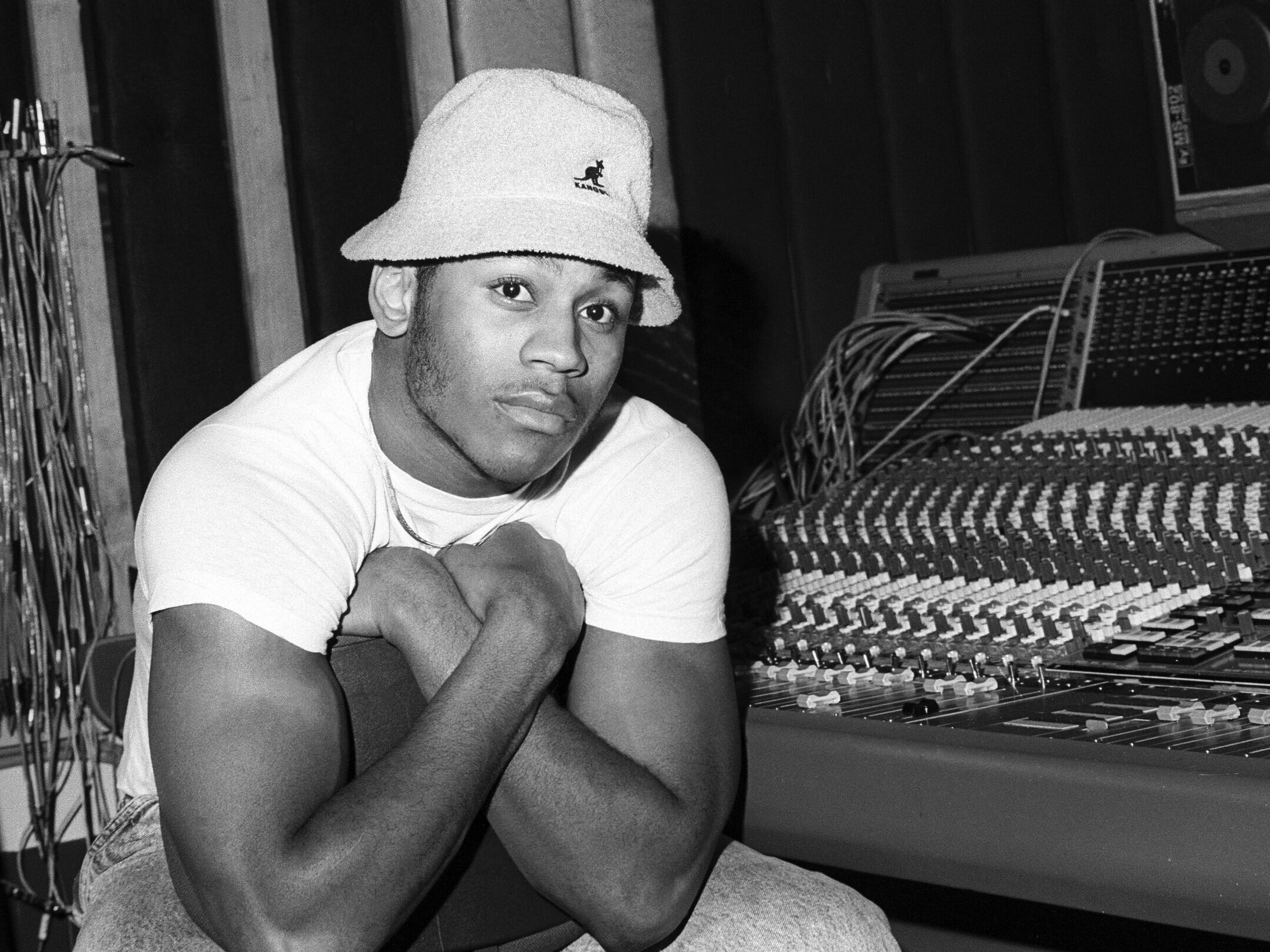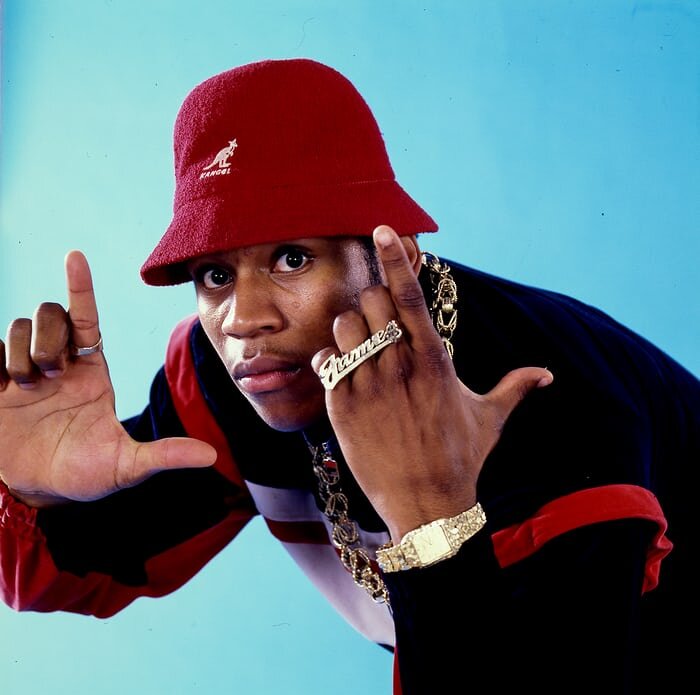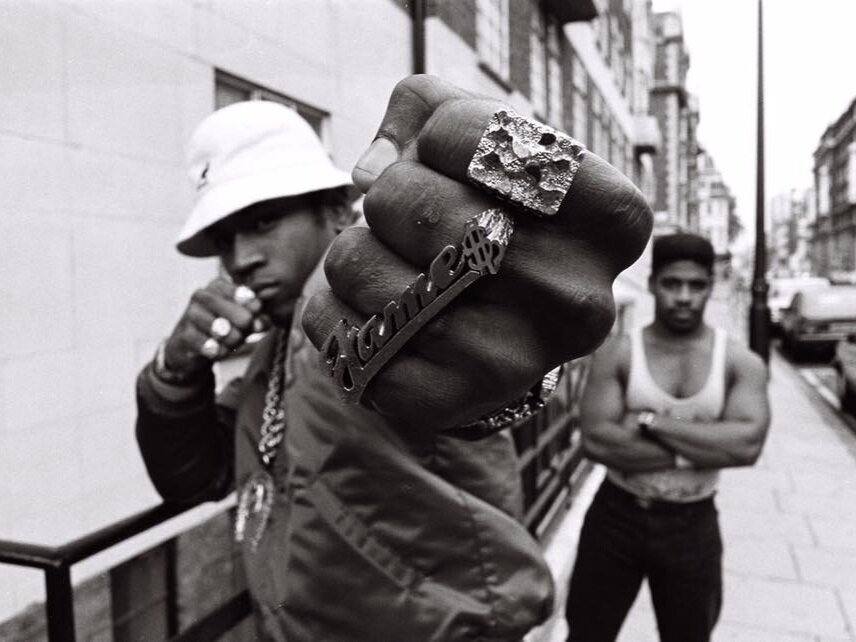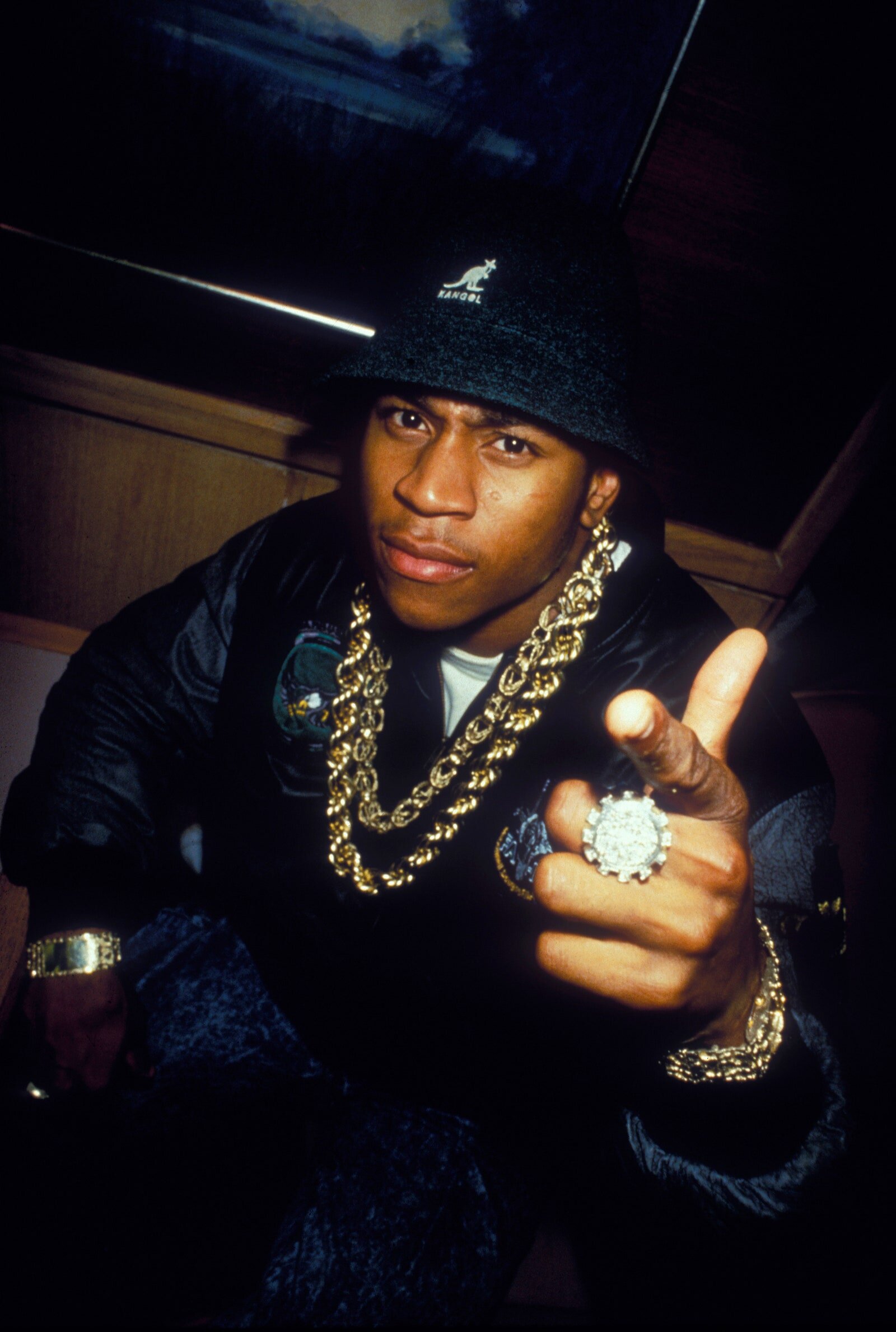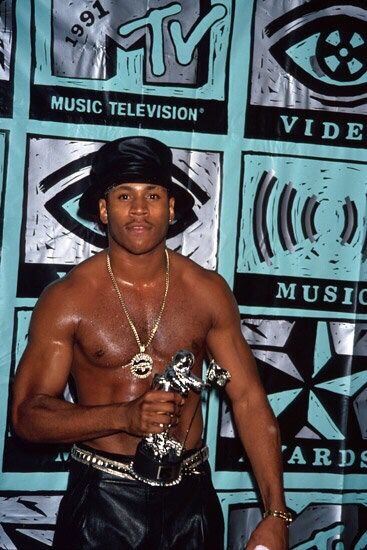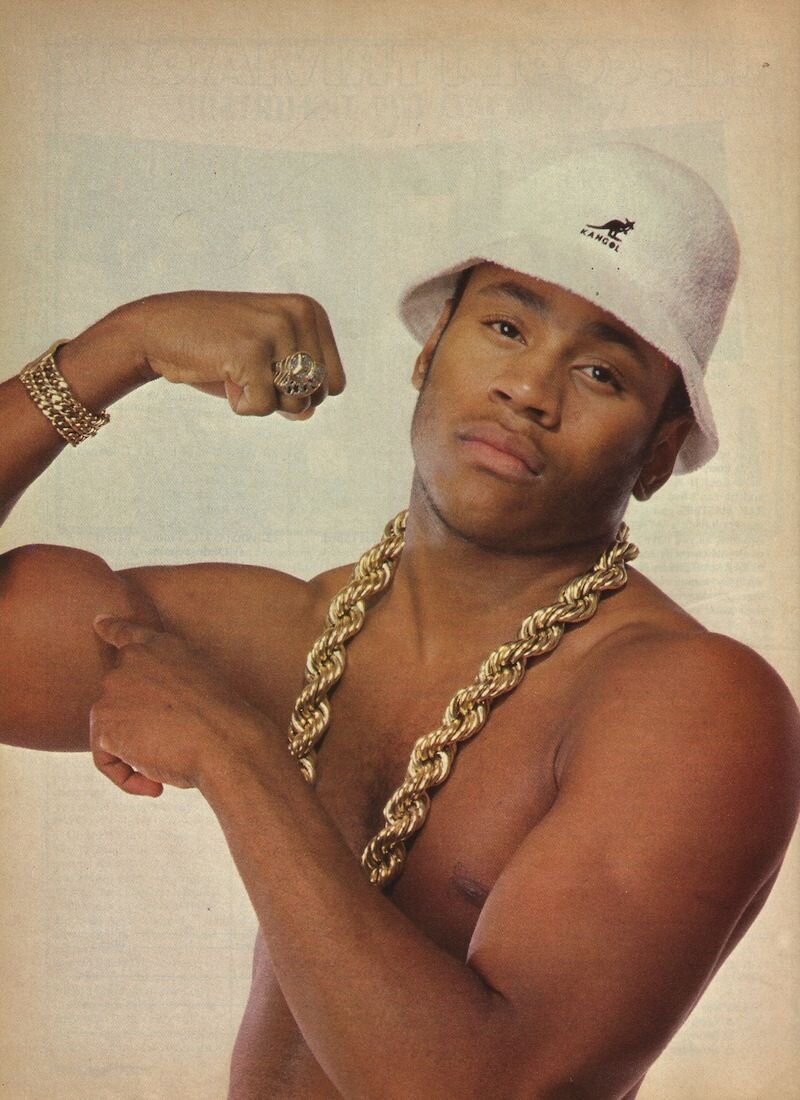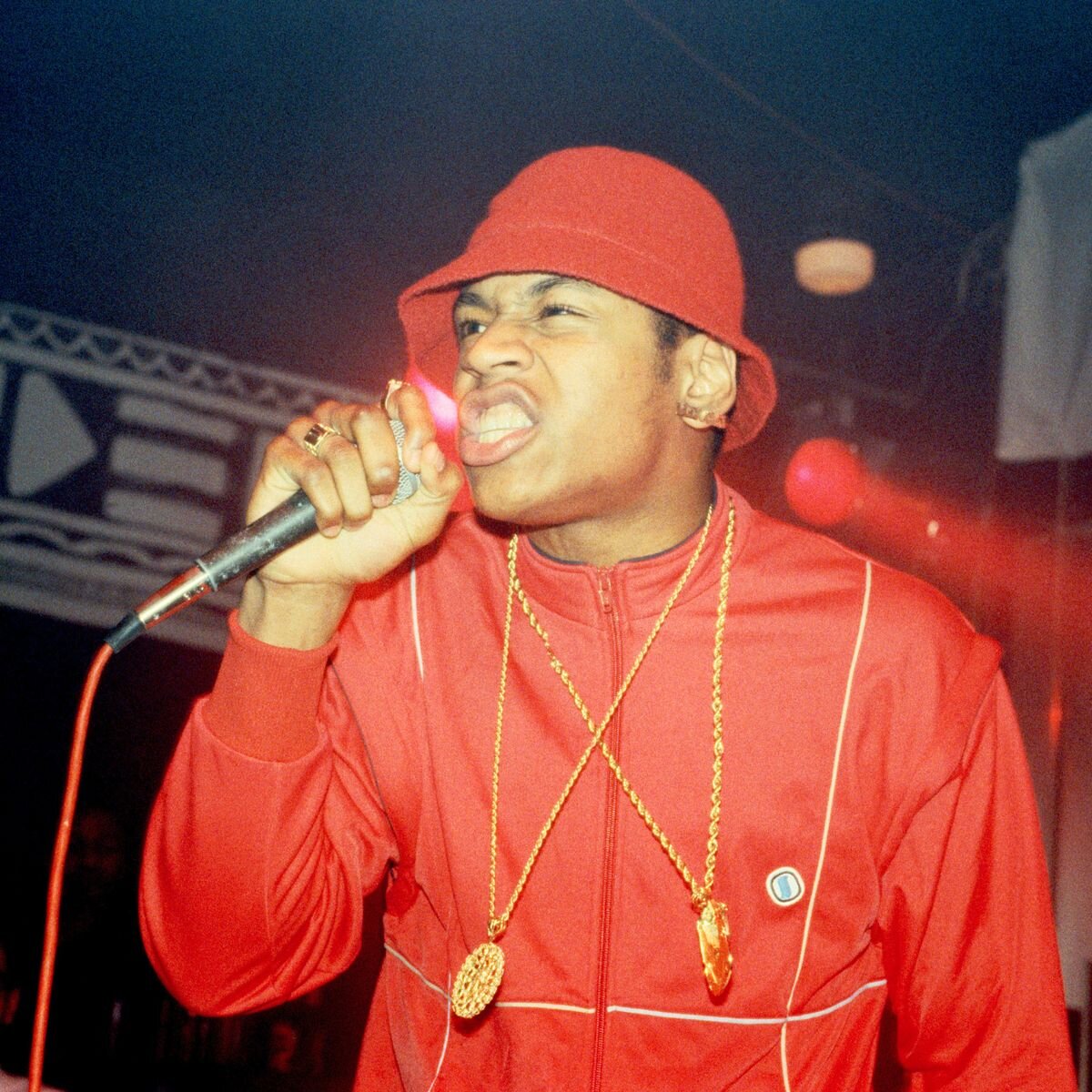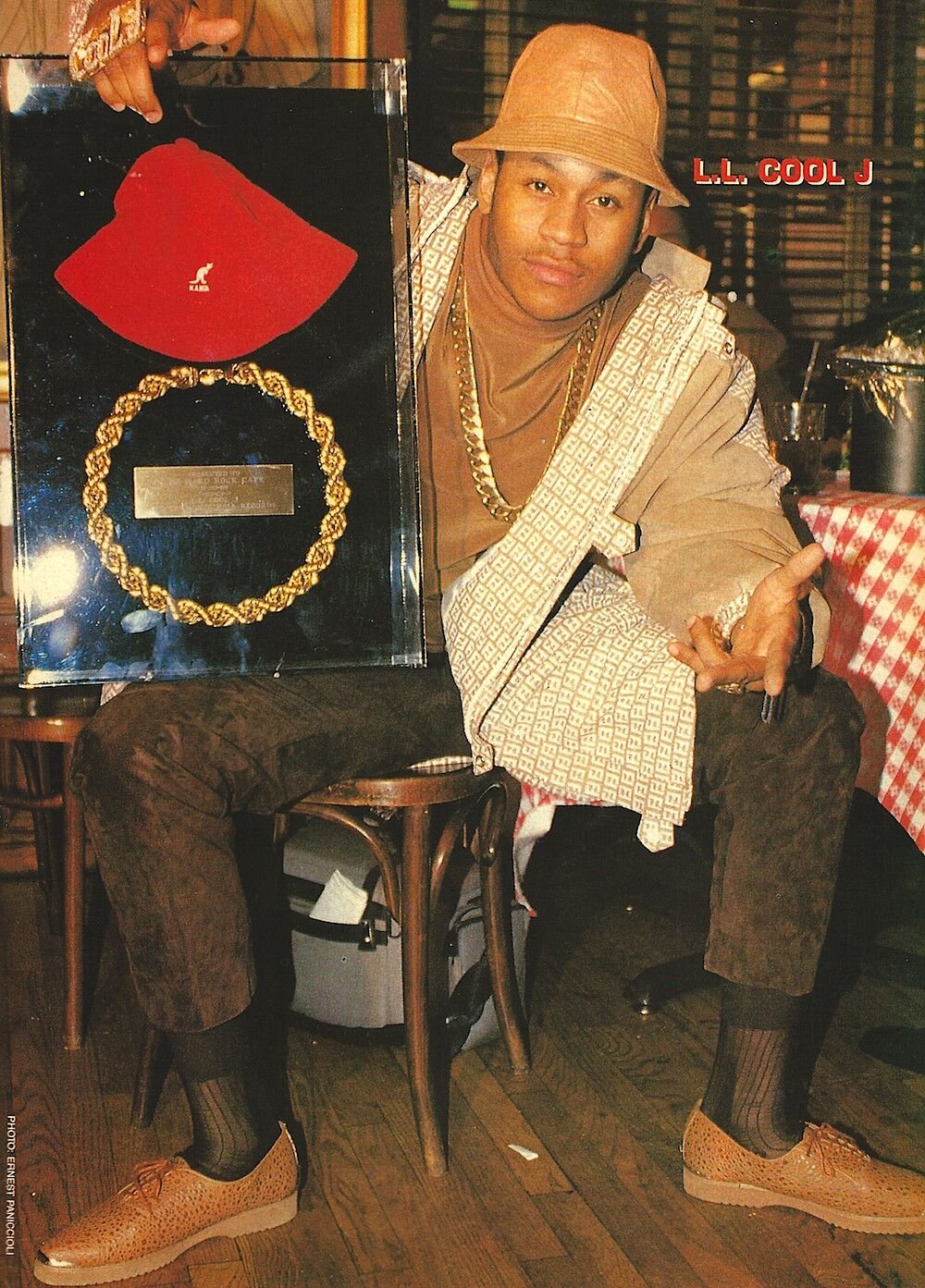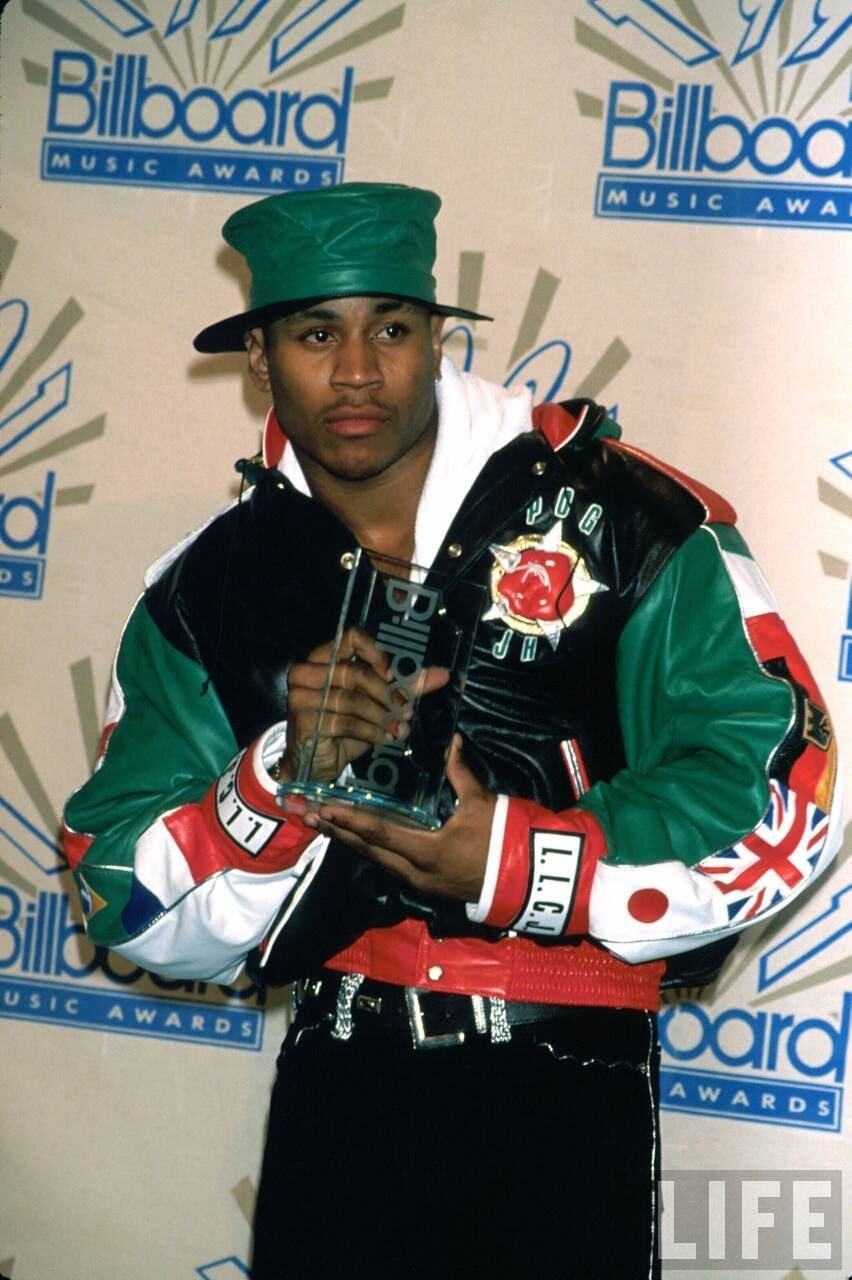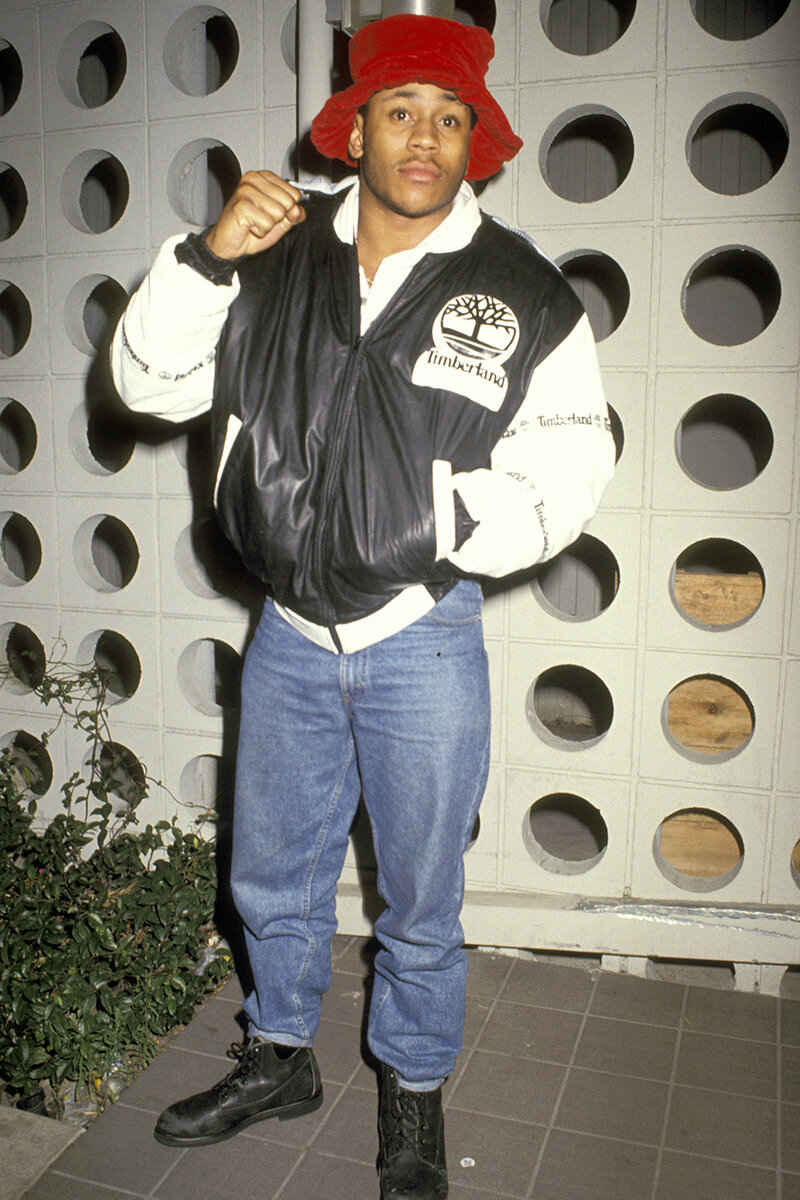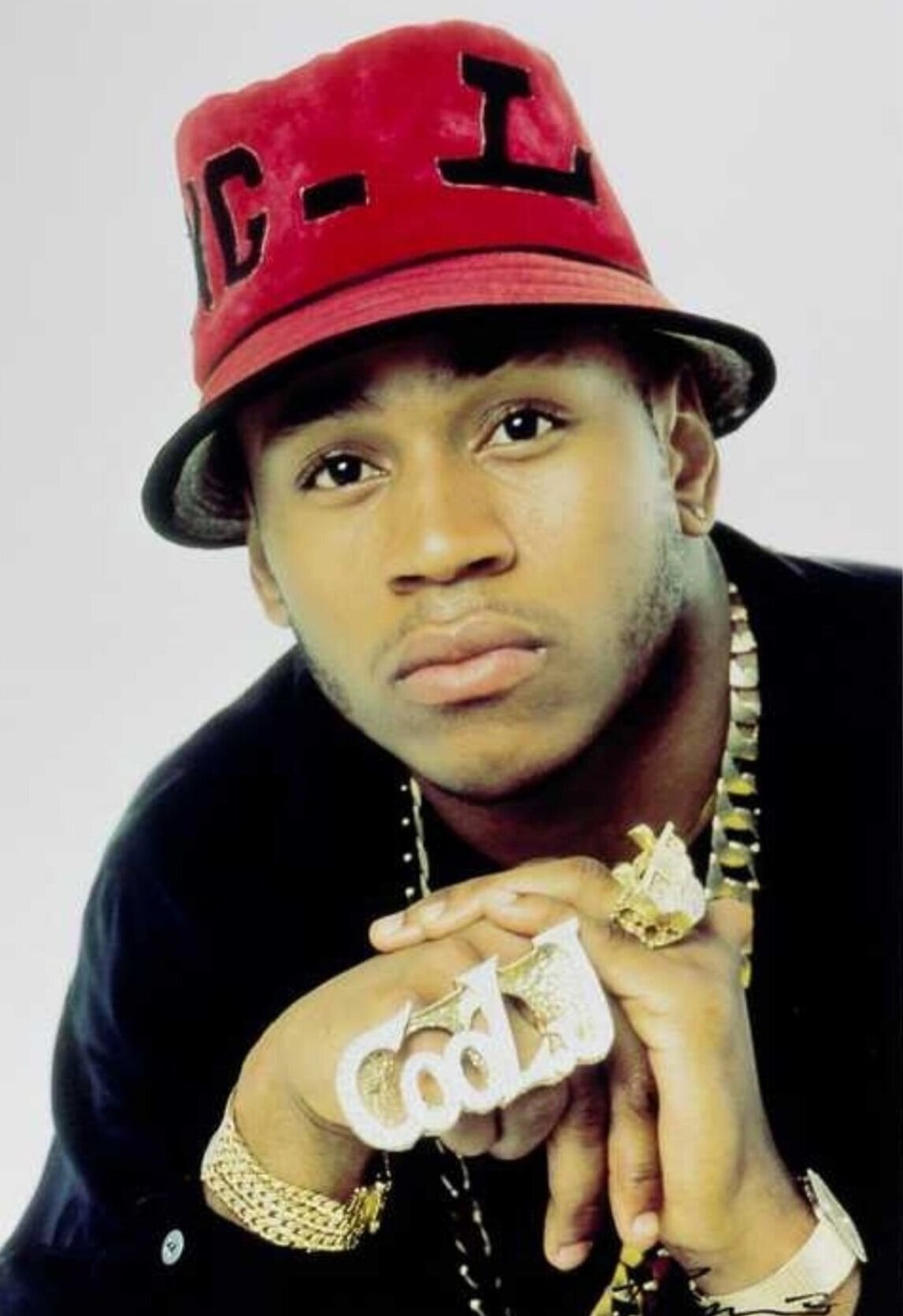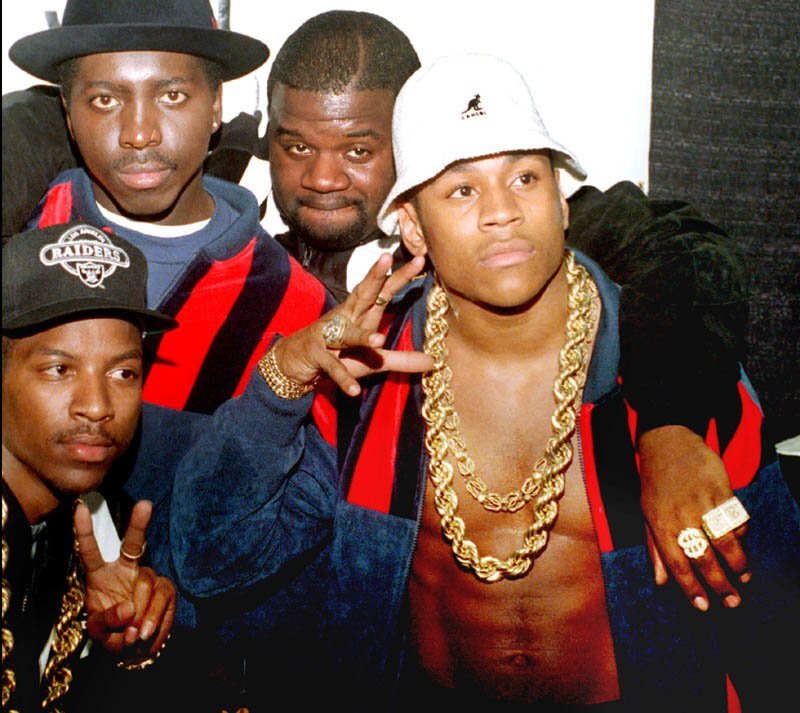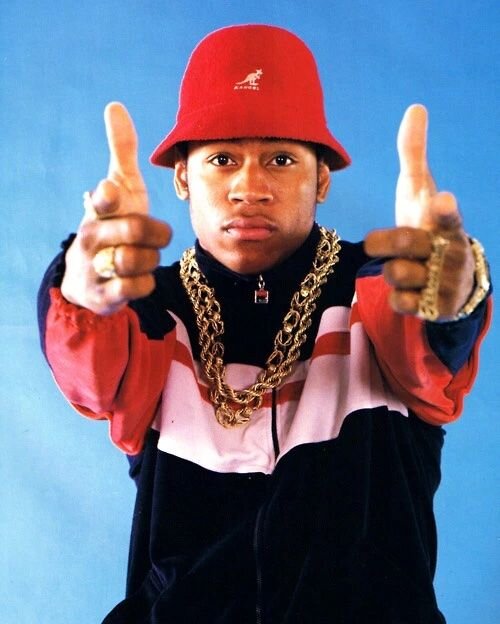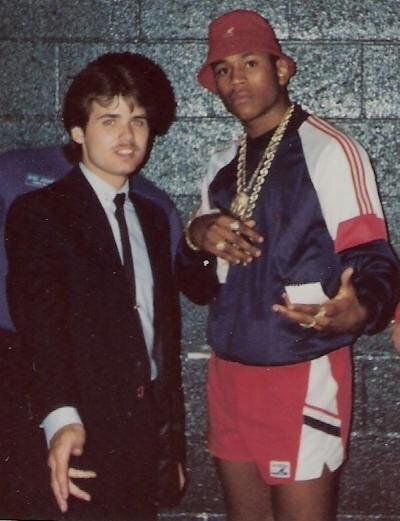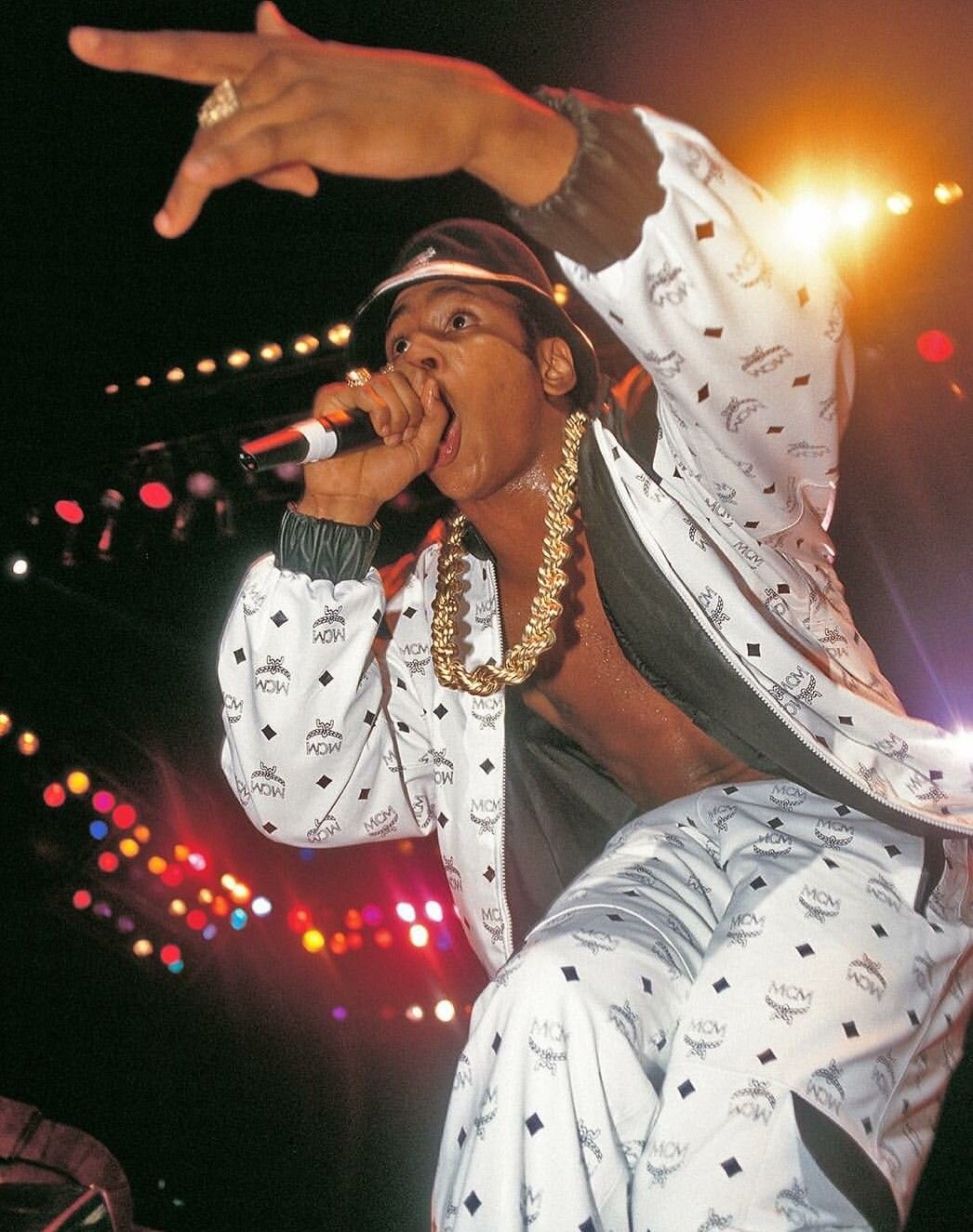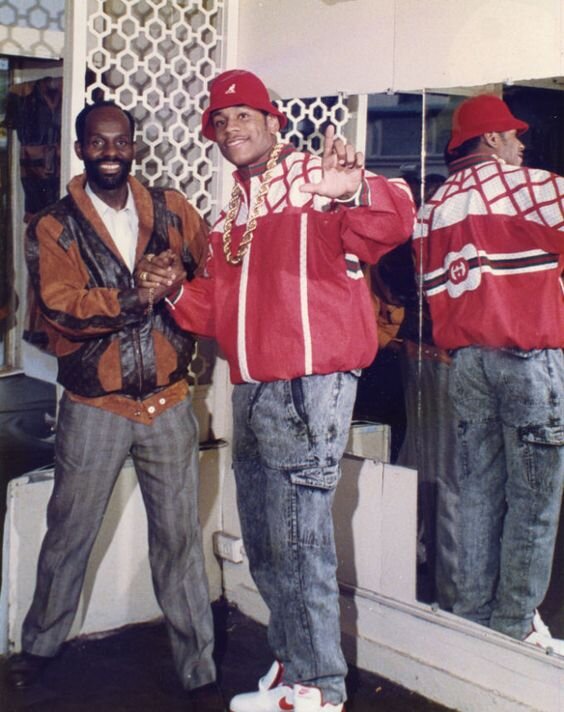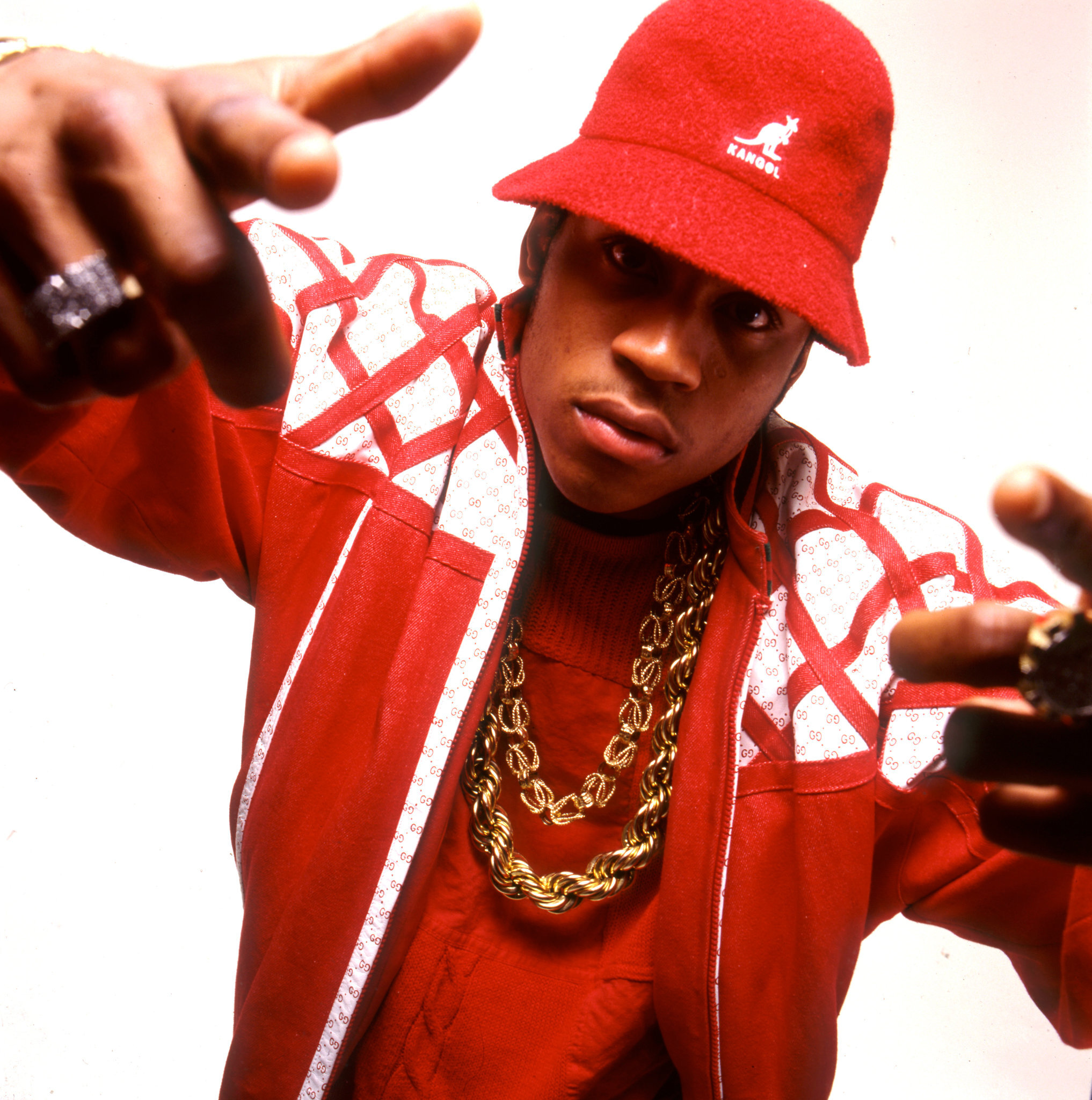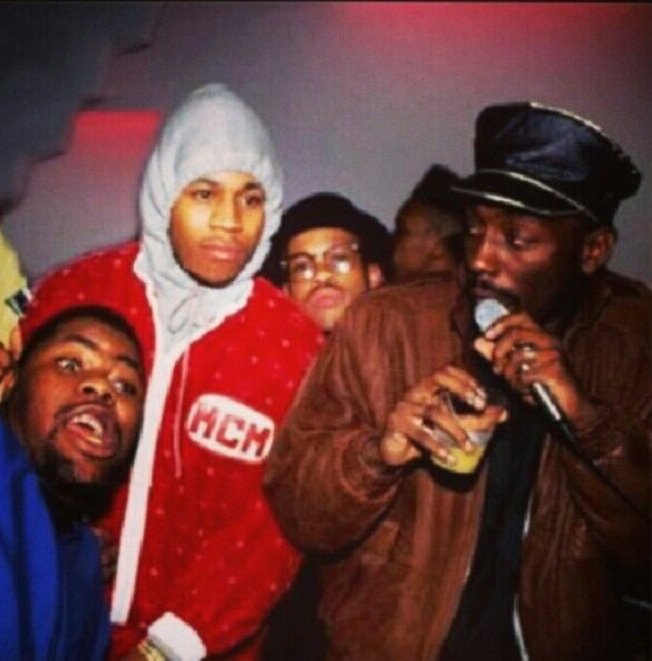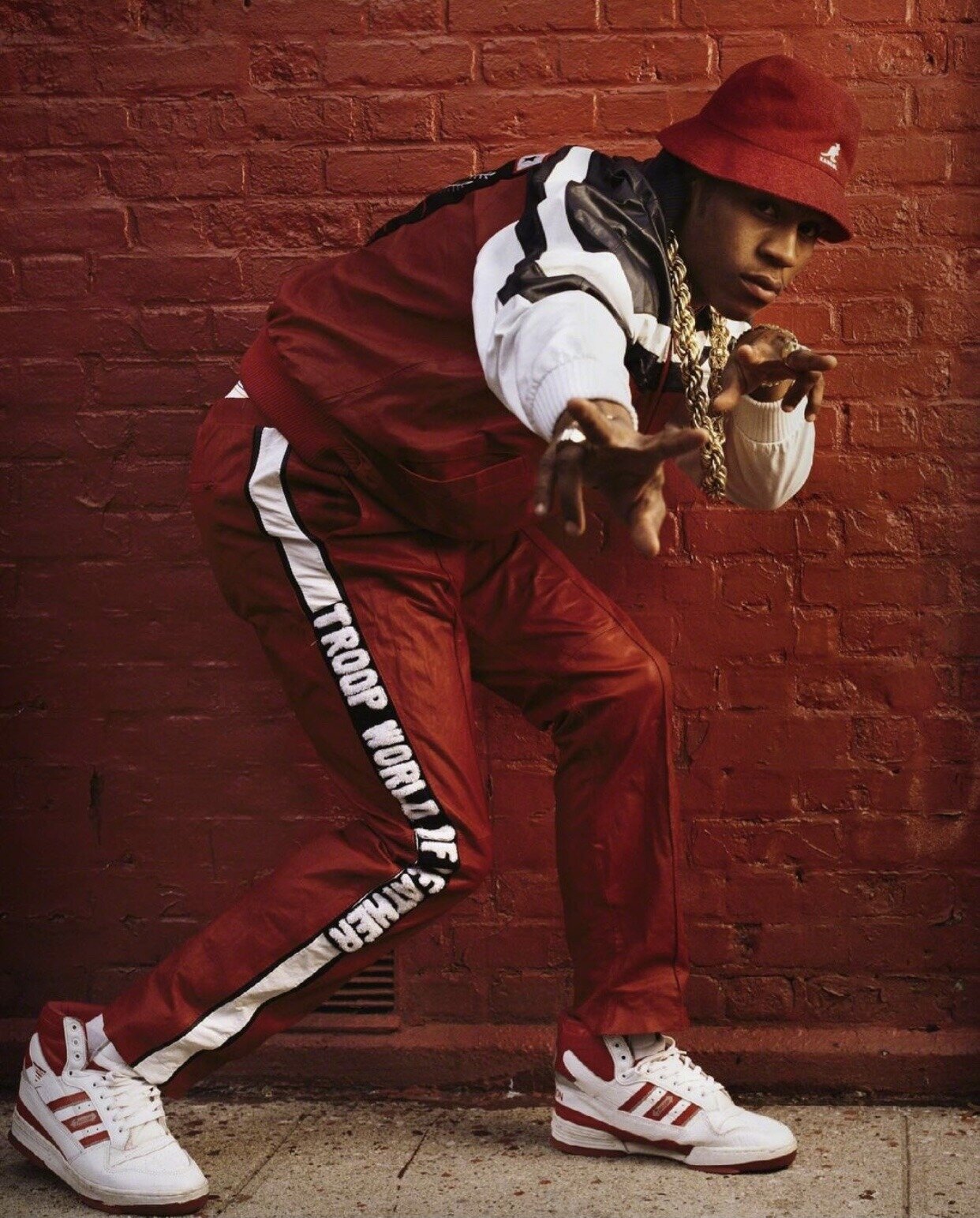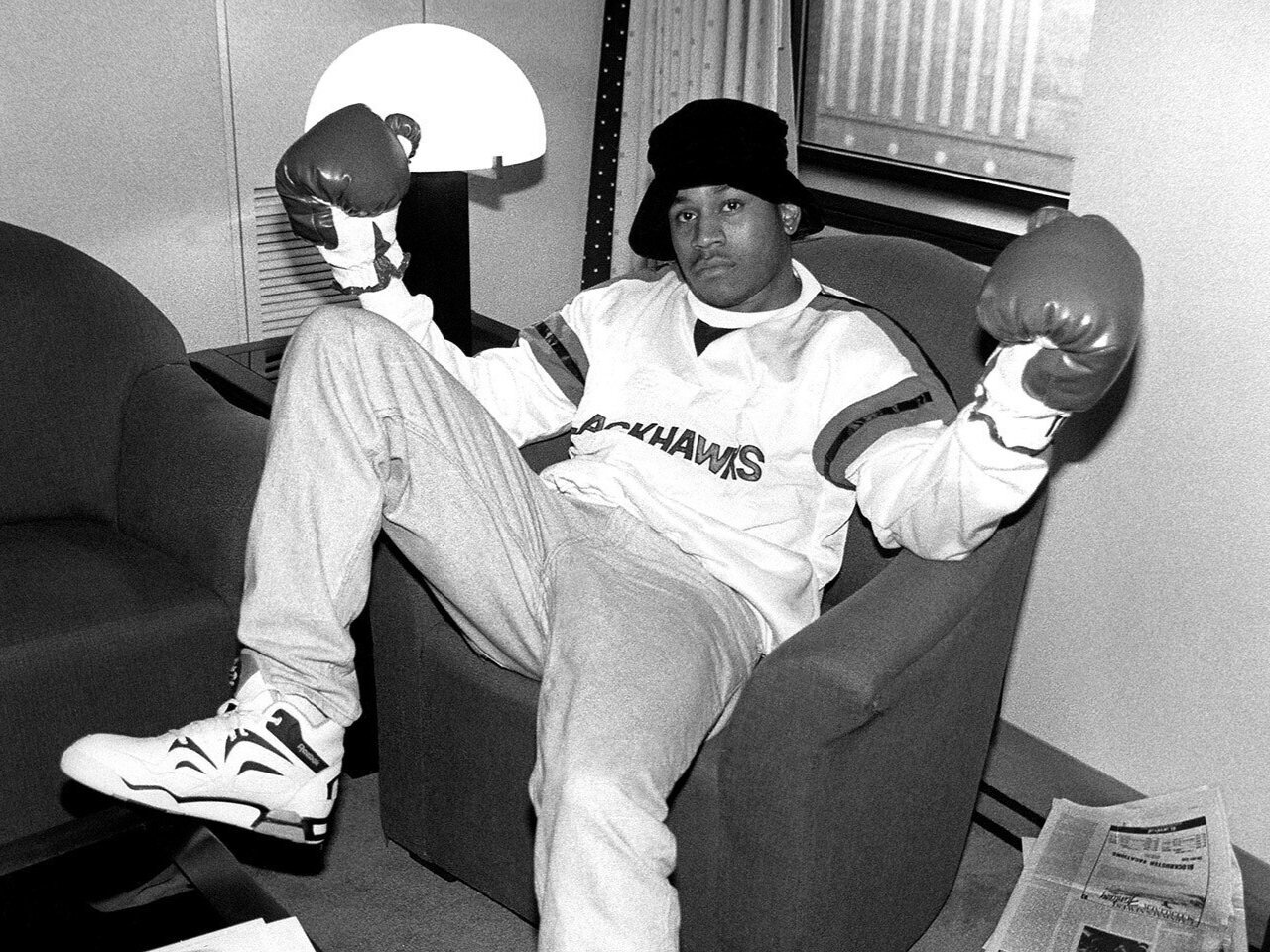LL Cool J’s Late 80s & Early 90s Style is The Epitome of Cool
Sarah, here. Lately, I’ve been asking myself (and through much outfit stalking, attempting to answer) the question what makes someone’s personal style cool? Call it swag; call it taste; call it whatever you want, but there’s that certain something that you’ve either got or you don’t. And in my tireless research, I’ve determined that if there’s one person who embodies this je ne sais quoi of personal style, it’s LL Cool J during the late 80s and early 90s.
As a loyal customer of Dapper Dan, LL Cool J was one of the first hip-hop artists to sport what would be classified today as luxury streetwear. The heavy influence of B-Boy culture is clearly evident in his sleek tracksuits and understated kicks. And from his Kangol bucket hats and oversized dookie chains, his adventurous accessorizing and avant-garde flair somehow always came across as effortless.
Without a doubt, LL Cool J should be considered one of the most influential fashion icons of both the early hip-hop and streetwear movements. While his style epitomizes the aesthetic of the early hip-hop scene, it’s also remained unwaveringly cool in the thirty-some years since, and I have some theories as to why.
From his Kangol hats to his dookie chains, here’s what made LL Cool J’s late 80s and early 90s style so undeniably good:
The Infamous Kangol Bucket Hat
According to LL Cool J, the key to having memorable personal style is to choose a signature look and stick to it. For him, it was the now-iconic Kangol bucket hat. Often worn with a color-coordinated ‘fit, the statement accessory has made young LL Cool J’s look instantly recognizable.
It’s truly no exaggeration to say that Ladies Love Cool James singlehandedly secured Kangol’s place in hip-hop fashion history. While the style had been popular amongst B-boys and B-girls throughout the 80s, the style didn’t fully take off until LL Cool J’s red Kangol Bermuda Casual (and OG Air Jordan 1s) on the cover of his debut album, Radio, and the subsequent crushed Kangol hat on the cover of Kool Moe Dee’s How You Like Me Now.
The Dookie Chain Drip
While other rappers wear flashy jewelry to flaunt their financial success, LL Cool J is simply a man who liked to accessorize. Some of his most memorable pieces include his Cool J and Jame$ knuckle rings, his double dookie chains, and his iced-out Gruen Gold Nugget.
If there was one It-item that embodied the early hip-hop fashion scene, it was oversized gold rope chains. Paired with a Dapper Dan ‘fit, a neck full of dookie chains was the ultimate sign of music industry success and were sported by the likes of LL Cool J, Biz Markie, Big Daddy Kane, Slick Rick, and Run DMC.
The Body
LL Cool J’s chiseled torso played an undeniable role in making his gold dookie ropes and Kangol hat combo so memorable. The New York-raised rapper’s in-your-face sexuality IRL only made his hyper-sexual punchlines and Mr. Steal Your Girl persona sound even more convincing over Rick Ruben’s beats.
LL Cool J, also known as James Todd Smith, was born and raised in Queens, NY. With the help of legendary producer Rick Ruben, the high school dropout adopted the name Ladies Love Cool James and released his first album, Radio, at just 17. Less than two years later, James was opening for Run DMC and the Beastie Boys on their 1986-87 Raising Hell tour.
The B-Boy Tracksuits
When it came to clothing, young LL Cool J’s style was heavily influenced by the B-Boy scene emerging from the Bronx during the 80s. His go-to look was textbook B-boy style: a slick tracksuit from sportswear brands like FILA, Adidas, and Italian designer Sergio Tacchini paired with a color-coordinated Kangol hat and sneakers.
Many of today’s top streetwear trends can be traced directly back to the B-Boys and B-girls of the 80s. (The b is short for break dancing in case you missed the memo.) The typical B-Boy outfit consisted of a velour tracksuit and Puma suede sneakers— two items fly enough for the NYC streets but also functional enough they won’t f*ck up your headspin.
The Fearless Accessorizing
There’s just something about young LL Cool J’s more is more approach that makes him seem cooler than the rest of us. Similar to how A$AP Rocky isn’t afraid to sport a kilt for GQ or Kid Cudi isn’t afraid to don a dress for SNL, his bold looks only further demonstrated his hotness and unwavering masculinity.
From his hats to his footwear, LL Cool J wasn’t afraid to sport statement accessories that most men would shy away from. His leather bomber jacket and coordinating green leather top hat at the 1991 Billboard Music Awards (where he won Top Rap Singles Artist) is personally one of my all-time favorite LL Cool J outfits.
The Americana Color Palette
LL Cool J’s early career coincided with a worldwide obsession with American fashion. Throughout the late 80s and early 90s, he frequently wore red, white, and blue sportswear from hot American brands like Ralph Lauren, Calvin Klein, Tommy Hilfiger, FILA, and FUBU.
The 90s brought an explosion of the athleticwear craze that began during the 80s. But instead of skin-tight spandex, 90s sportswear was all about the oversized silhouettes and sleek colorways popularized by New York’s emerging hip-hop music scene.
The Custom Dapper Dan
LL Cool J is rumored to have been one of Harlem-based tailor and luxury streetwear designer Dapper Dan’s most loyal customers. Though they were designed nearly thirty years ago, his custom MCM and Gucci bomber jackets are still just as relevant today.
During the 80s and 90s, Dapper Dan crafted countless bootleg designer pieces for hip-hop artists and black creatives who weren’t accepted in mainstream high fashion at the time. Other notable Dapper Dan clients include Salt-N-Pepa, Jay-Z, Mike Tyson, Bobby Brown, Diane Dixon, and Floyd Mayweather Jr.
The Under Appreciated Sneaker Collection
Though LL Cool J’s sneaker collection was overshadowed by his other accessories, it was still insanely good. True to his usual monochrome look, he almost always color-coordinated his kicks with the rest of his ‘fit.
While today’s sneaker market is dominated by Nike and Adidas, the It-sneaker of the B-boy era was the humble Puma Suede. While the low-top sneaker’s thick rubber sole and flexible upper made it the perfect choice for break dancing, their most iconic moment didn’t occur on a dance floor. Instead, it came when track star Tommie Smith raised a single fist at the 1968 Summer Olympics while holding a single black Puma Suede in his other hand.
